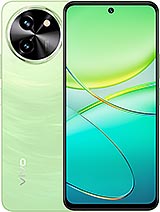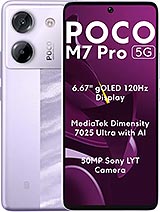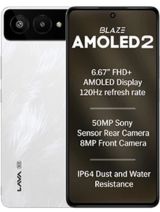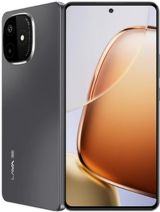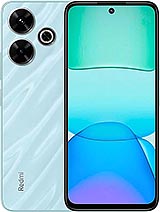Redmi 13 alternatives
Tap above to see alternatives.
Redmi Note 13 alternatives
Tap above to see alternatives.
Redmi Note 13

Redmi Note 13
-
Dimensity 6080
6 nm
-
5000 mAh
33W
-
6.67"
1080x2400 pixels
-
108 MP
1080p@30fps
- Specs
2x2.2 GHz Cortex-A78
6x2.0 GHz Cortex-A55
2x2.4 GHz Cortex-A76
6x2.0 GHz Cortex-A55
8GB 128GB (UFS 2.2)
8GB 256GB (UFS 2.2)
8GB 256GB (UFS 2.2)
12GB 256GB (UFS 2.2)
12GB 512GB (UFS 2.2)
f/1.8, (wide), 0.64µm, PDAF
2 MP
(depth)
f/1.7, (wide), 1/1.67", 0.64µm, PDAF
8 MP
f/2.2, (ultrawide)
2 MP
f/2.4, (depth)
f/2.5, (wide)
f/2.4, (wide)
SIM1: Nano, SIM2: Nano (Hybrid)
SIM1: Nano, SIM2: Nano (Hybrid)
7 5G bands
n1, n3, n5, n8, n28, n40, n78
7 5G bands
n1, n3, n5, n8, n28, n40, n78
In this performance comparison, the Redmi 13 with its Qualcomm Snapdragon 4 Gen 2 AE (4nm) performs better than the Redmi Note 13 with the Mediatek Dimensity 6080 (6nm), thanks to superior chipset efficiency.
Redmi Note 13 offers 3 years of OS updates, whereas Redmi 13 provides 2 years. For security updates, Redmi Note 13 offers 4 years of support compared to Redmi 13's 3 years.
Redmi Note 13 features a superior AMOLED display, while Redmi 13 comes with an LCD panel. Both smartphones offer the same 120 Hz refresh rate. Redmi Note 13 also boasts a brighter screen with 1000 nits of peak brightness, enhancing outdoor visibility. Both phones have the same screen resolution.
Redmi 13 comes with a larger 5030 mAh battery, which may offer longer usage on a single charge. Both devices support the same wired charging speed of 33W.
Redmi Note 13 offers better protection against water and dust with an IP54 rating.
- Redmi 13 – Check price here
¹ Scores can vary even with the same chipset due to RAM, thermals, and software optimization.


